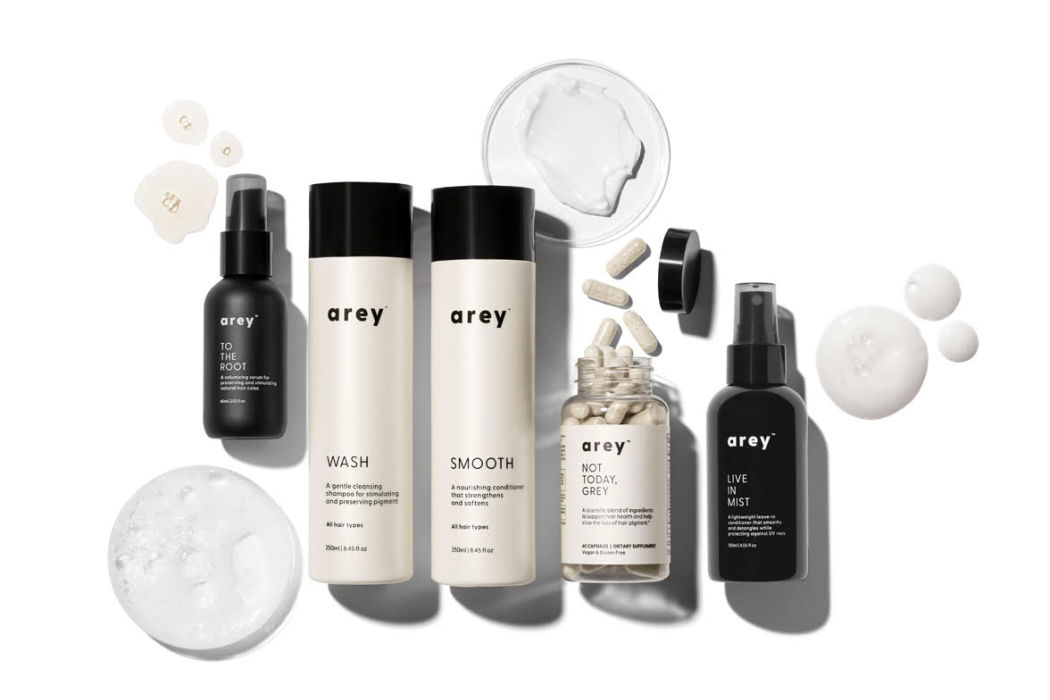Sometimes it’s hard to put a value on the importance of public relations. But it can make or break you – countless celebrities and major brands have yet to recover from some serious blunders that resulted in PR nightmares. It happens every day.
I had a chance to sit down with Karin Pellmann Unger, who knows a thing or two about the power of PR. A senior-level communications consultant based in Los Angeles, she’s spent over 20 years working in just about every industry: healthcare, aviation, automotive, consumer finance, education, technology, and consumer products. Prior to going freelance, she served as Vice President, Public Relations and Education Ambassador for MRU Holdings. While in that role she drove major media relations programs, garnering coverage in such outlets as BusinessWeek, The Wall Street Journal, The New York Times, The Los Angeles Times, USA Today, CNN, NPR, Dr. Phil and Oprah’s Big Give. Here she shares some of her public relations expert advice for making PR work for your brand, as well as how to leverage corporate success when deciding to go freelance.
As someone who has worked both in-house and freelance, what is the most challenging aspect of being self-employed and how do you deal with it?
Starting my own business was absolutely the best career move I’ve made in order to create an ideal work/life balance. For me, it happened at the right time in my career and allowed me to create the work environment that I wanted for myself. From my perspective, there are a few challenges that I would recommend being prepared to manage before you set off. For one, if you’re someone who enjoys the camaraderie that comes in an office setting, you have to be prepared for a more isolated situation. On the plus side, I generally don’t mind my new quieter environment as I find myself more efficient as a pay-off. In addition, you have to be a good task manager/time manager. I keep checklists for everything!
What brand(s) do you think really understand the power of PR ? Why?
PR has changed dramatically over the last decade or so, and the characteristics of brands that really understand and leverage PR are different than what we have traditionally considered. Today, the brands that truly understand their voice, consistently deliver it in a targeted manner, and embrace social media as a tool to tell their brand’s story are more successful than those that either don’t embrace PR or have not adapted their programs to capitalize on the way the market has evolved. PR is still among the most cost effective tools a company can leverage and it is also the most powerful in understanding, building and sharing your brand’s story with credibility.
Some of the brands that I think are doing it right today include Dove, Target, TOMS, Amazon and H&M. They’re accessible; they have a clear voice and are considered responsive by consumers.
What are some of the tools/strategies you recommend clients embrace when building a successful PR program?
There are many great tools in a PR specialist’s belt. Among them are:
- Messaging, and understanding your identity. Your brand identity doesn’t need to be groundbreaking or revolutionary – but it does need to be uniquely you. It is how you articulate who you are, how you’re different from the competition and how your audience will come to “know” you.
- From there, we look to identify exactly who your audiences are, and the best ways to reach them.
- Media Relations – While it is doubtful that traditional media channels alone will deliver the results you desire, it should absolutely be a part of the communications strategy.
- Social Media is a powerful tool, but only if you do it right, so we always recommend building and investing appropriately in a public relations strategy that includes social media. It can really help a small business narrow the gap with a big competitor.
Where do you find inspiration for your out-of the box ideas?
It’s two-fold. On one hand, social media has opened up my access to a treasure trove of people, companies and brands that I keenly interact with on a daily basis. They are doing some of the most clever and creative work I’ve ever seen, and it can really be inspiring to see how something being done in one industry or channel can be an inspiration or thought-sparker for an idea in a completely different area.
On the other hand, my clients can often be an even greater source of inspiration. Particularly when getting up to speed with a new client, as a consultant you’re able to see the big picture and cut through the clutter to get to the key messages and value proposition. Giving a client that “aha” moment is always a rush, and can lead to some really great thinking.
How should someone convince a potential client or even their boss to increase their PR spend for success?
I’ve found that most companies that I’ve worked for and with are always able to identify other companies in their industry or in like industries that they feel are doing a great job of reaching their audiences effectively. Not surprisingly, those companies they identify usually employ a comprehensive PR strategy. It’s what successful brands do.
Any words of advice for someone considering leaving corporate to consult?
Build a business plan so you have all your questions answered up front, such as: How much do you want to grow? How much money you need to bill out each month to cover your business and personal expenses? What is your unique proposition? What channels will you use to grow?
Also, get your contacts in order and let them know what you’re planning. I received a tremendous amount of support from both professional PR colleagues as well as journalists, from referring me to potential clients to throwing projects my way. It helped me to build quickly and credibly.
-CM
P.S. Read up on more public relations expert advice and tips on how to win product awards.




